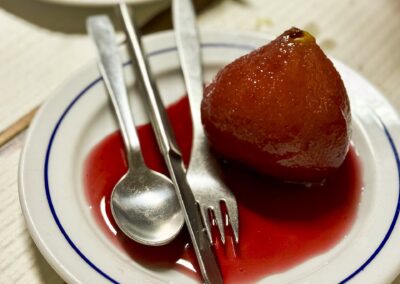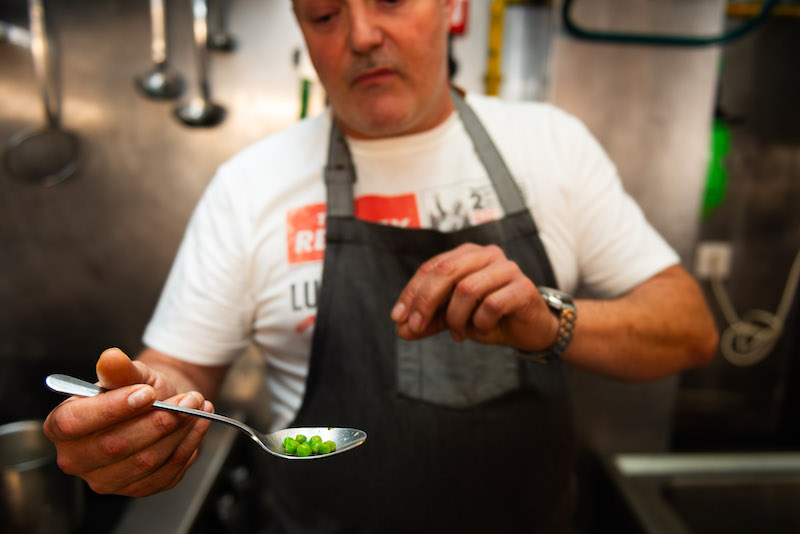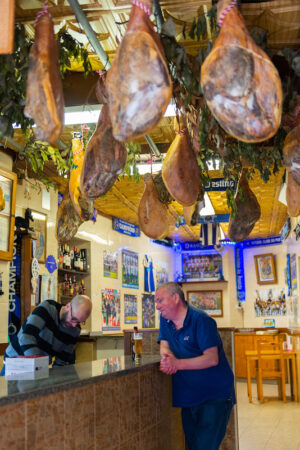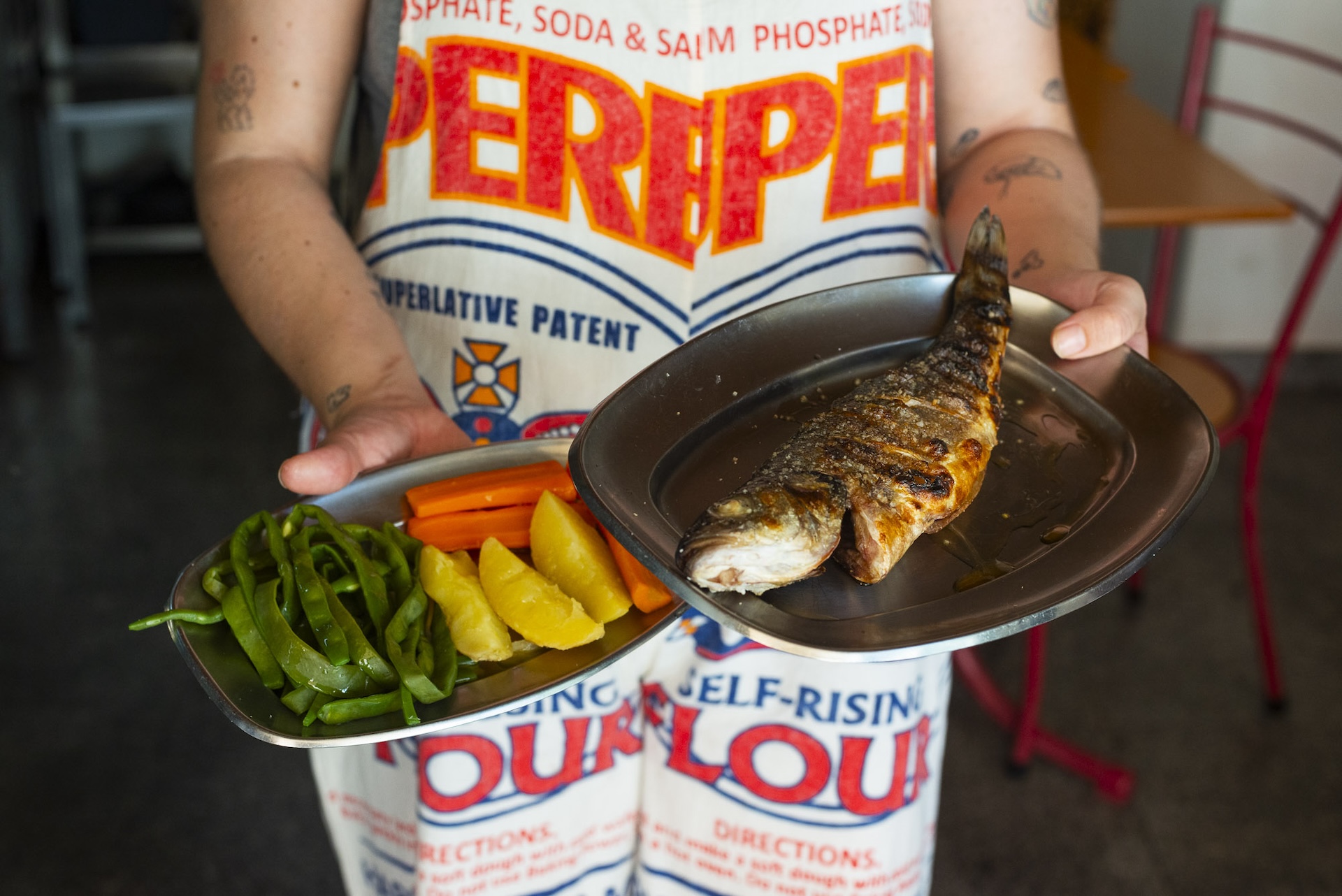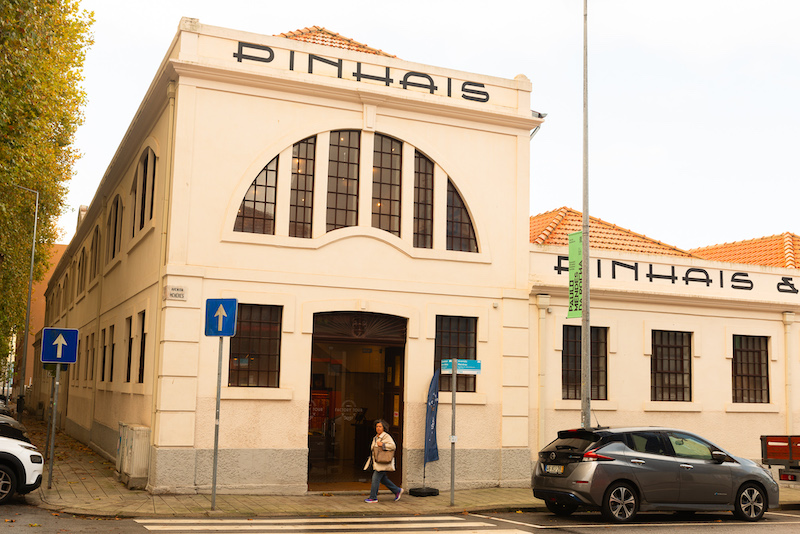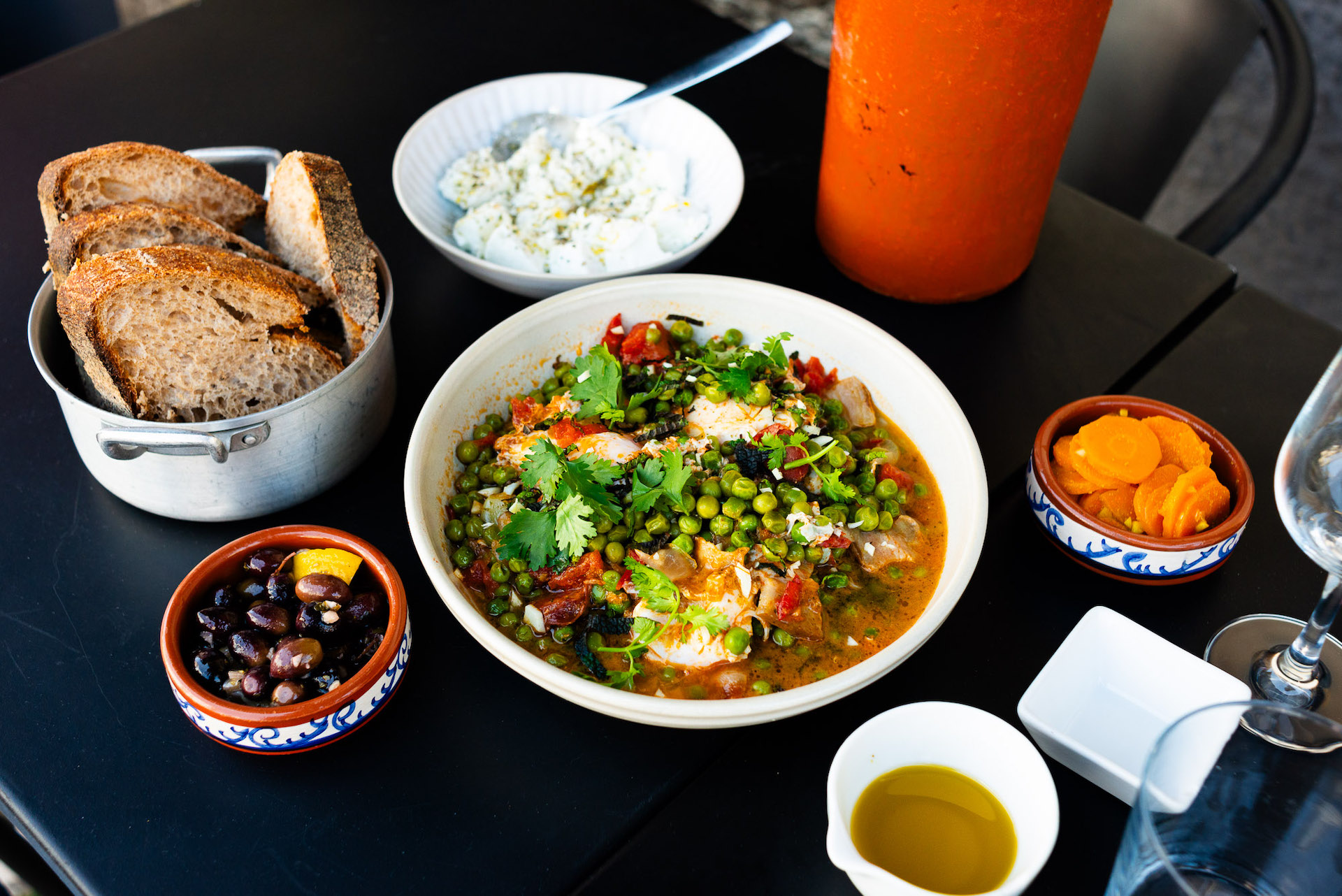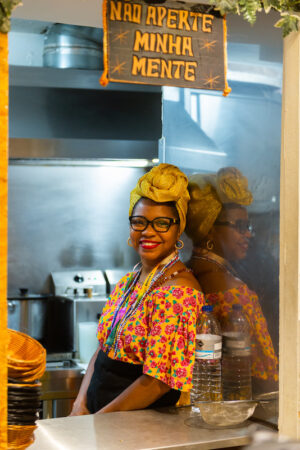We can't find the internet
Attempting to reconnect
Something went wrong!
Hang in there while we get back on track
Search results for "Austin Bush"
Lisbon
Best Bites 2024: Lisbon
2024 was, for me, a year of travel, with just about as much time spent outside of Lisbon as inside. When I spend a lot of time on the road, I feel even more compelled to cook when I’m at home, so some of my best bites this year were things I prepared myself. But in the course of reporting for Culinary Backstreets and other outlets, I visited Lisbon restaurants both new and familiar, and scanning through an iPhone library of dishes both homemade and cooked by the pros, the following stood out. - Austin Bush
Read moreLisbon
Recipe Headings Test: Ervilhas Guisadas, Portuguese-style Braised Peas
We’re in Os Papagaios, the restaurant Joaquim Saragga oversees in Lisbon’s Arroios neighborhood, where we’ve asked him to show us how to make one of Lisbon’s more iconic dishes: ervilhas guisadas, peas braised with Portuguese sausages, typically crowned with poached eggs. Come spring, Portugal revels in green-hued produce: fava beans, asparagus, artichoke, spinach and other leaves. Peas feature in this bounty, but the ubiquity of frozen peas means that the dish makes frequent appearances on tasca and restaurant menus during all times of year.
Read morePorto
Casa Louro: Same As It Ever Was
When we arrived, there were one or two customers quietly drinking wine at the bar. Later, a man entered and bought cured ham by the kilo, complaining about how much fat it contained. A food tour stopped by, filling the silence with English-language explanation. A bit later, the mailman stuck his head in; he had no letters to deliver, but it was clear that he was angling for a drink. The clientele that late morning at Casa Louro, a bar and restaurant in Porto, seemed to be a microcosm of the city’s life. Indeed, with hams hanging from the ceiling, soccer paraphernalia on the walls, and crusty old customers, it looks like the quintessential Portuguese bar. And in many ways it is, but Casa Louro is also something of a dying breed.
Read moreLisbon
Vida de Tasca: Keeping it Classic
It’s that quiet time between lunch and dinner, and we’re sitting with chef Leonor Godinho in a tasca, or rustic, casual, Portuguese restaurant. The furniture is sturdy but unremarkable, and walls are mostly bare except for a couple old photos, a child’s drawing and the ubiquitous vitrine, a built-in refrigerator. “I knew about this place because my best friends had just moved their studio to this building,” Leonor tells us of the space, formerly known as Casa do Alberto. “I would come here all the time to eat with them, and they would joke with me, ‘It would be great if this was yours!’”
Read morePorto
Conservas Pinhais: Tenacious Tinned Fish
Matosinhos, it could be said, has seen better times. In its heyday, the semi-industrial-feeling port city just north of Porto was once home to 54 fish canneries. Today, only two remain. Along the city’s wide, empty-feeling streets, some of the city’s former factories and their graceful Art Nouveau facades have been reappropriated as other businesses – we saw more than one startup – while in many cases, they have simply been abandoned. But at Pinhais, one of those remaining canneries, it feels like little has changed. As it’s done since 1920, having weathered both good and bad times in Matosinhos, the company is producing some of the best tinned seafood in Portugal. Before World War II, there were 152 fish canneries in Portugal. But in the 1960s, advances in refrigeration led to a crash in tinned seafood production (for more on the history of Iberian tinned seafood, see our previous article about conservas in Galicia, Spain).
Read moreLisbon
Recipe: Ervilhas Guisadas, Portuguese-style Braised Peas
We’re in Os Papagaios, the restaurant Joaquim Saragga oversees in Lisbon’s Arroios neighborhood, where we’ve asked him to show us how to make one of Lisbon’s more iconic dishes: ervilhas guisadas, peas braised with Portuguese sausages, typically crowned with poached eggs. Come spring, Portugal revels in green-hued produce: fava beans, asparagus, artichoke, spinach and other leaves. Peas feature in this bounty, but the ubiquity of frozen peas means that the dish makes frequent appearances on tasca and restaurant menus during all times of year.
Read moreLisbon
Acarajé da Carol: Burger of Bahia
It’s a bit of culinary magic. Plain old black-eyed peas are transformed into a fluffy white cloud, before somehow changing once again, this time into a crimson, crispy fritter. This is acarajé, and as a dish with origins in Bahia, the homeland of Afro-Brazilian spirituality, other types of magic can also play a role. In Lisbon, you can witness the results of this transformation at Acarajé da Carol. “There are other people [in Portugal] making acarajé, but they’re not from Bahia!” the eponymous owner – full name Carol Alves de Brito – tells us. Bahia, Carol’s homeland, is the region of Brazil with the strongest links to Africa. Salvador, the state’s capital, was once a major destination in the trans-Atlantic slave trade, and today it’s the largest Black city outside of Africa.
Read more